- MagTalk Discussion Audio
- The Shadow in Our Midst
- Deconstructing the Terminology: What Are We Really Talking About?
- The Anatomy of a Crime: How Does This Happen?
- The Human Cost: The Devastating Aftermath
- The Global Response: Fighting a Faceless Enemy
- Our Role in the Fight: From Bystander to Advocate
- Focus on Language
- Vocabulary Quiz
- Let’s Discuss
- Learn with AI
- Let’s Play & Learn
MagTalk Discussion Audio
The MagTalk Discussion deep dive audio episode is not a mere reading of the article, but a lively discussion of it, so even if you decide to read the article, you may want to listen to this episode as well.
The Shadow in Our Midst
It’s a comfortable thought, isn’t it? That slavery is a relic of the past. A dark, brutal chapter in history books, studied by students, commemorated in museums, and firmly, unequivocally over. We picture Lincoln, we think of Wilberforce, and we rest on the laurels of their hard-won victories. But what if I told you that there are more people living in slavery today than at any other point in human history? It’s a jarring, dissonant thought, one that feels fundamentally wrong, like a sentence that refuses to parse. Yet, it’s the chilling reality. As of this year, an estimated 50 million people are ensnared in the insidious web of modern slavery, a sprawling criminal enterprise that generates upwards of $236 billion in illicit profits annually. This isn’t a problem confined to faraway, developing nations. It’s happening in plain sight and out of sight, in bustling city centers and quiet suburban towns, on farms, in factories, and behind the closed doors of ordinary-looking houses. It’s in the supply chains of the products we buy and the services we use. Human trafficking and modern slavery are the shadow pandemics of our time, thriving on vulnerability, fueled by greed, and sustained by our collective ignorance. This article isn’t meant to be a comfortable read. It’s a wake-up call. It’s an unflinching look into the mechanics of this monstrous trade, the profound devastation it wreaks on human lives, and the burgeoning global movement to tear it down, one broken chain at a time.
Deconstructing the Terminology: What Are We Really Talking About?
When we talk about “human trafficking” and “modern slavery,” we’re not using metaphorical language. These are precise terms for a spectrum of exploitation. Let’s break down the architecture of this crime to understand its many faces.
Human Trafficking: The Process of Enslavement
At its core, human trafficking is the process. Think of it as the verb, the action of bringing a person into a state of exploitation. The United Nations defines it through a three-part model: the Act, the Means, and the Purpose.
- The Act: This is the recruitment, transportation, transfer, harboring, or receipt of persons. It’s the physical movement or holding of an individual.
- The Means: This is how the trafficker gains control. It’s not always the violent kidnapping we see in movies. More often, it’s through insidious methods like the threat or use of force, coercion, abduction, fraud, deception, or the abuse of power or a position of vulnerability. A key element here is that the initial consent of the victim is irrelevant if any of these means were used. A person might agree to travel for a job opportunity, but if that opportunity was a lie designed to entrap them, they are a victim of trafficking.
- The Purpose: The end goal is always exploitation. This includes, at a minimum, the exploitation of the prostitution of others or other forms of sexual exploitation, forced labor or services, slavery or practices similar to slavery, servitude, or the removal of organs.
Modern Slavery: The State of Being Enslaved
If trafficking is the process, modern slavery is the destination. It’s the condition of being exploited that a person cannot leave due to threats, violence, coercion, deception, or abuse of power. It’s a vast umbrella term that covers a multitude of horrific practices.
- Forced Labor: This is the most common form of modern slavery. Victims are forced to work against their will, often under the threat of violence or other penalties, in industries as diverse as agriculture, construction, manufacturing, and hospitality. They might have their passports confiscated, be told they have an insurmountable “debt” to their employer, or have their families threatened. They are workers in name only; in reality, they are assets to be bled dry.
- Sexual Exploitation: This is the form of trafficking that often gets the most media attention. It involves forcing an individual to engage in commercial sex acts. Victims are frequently controlled through violence, drugs, and psychological manipulation. It is a brutal, dehumanizing industry built on the complete violation of a person’s autonomy.
- Debt Bondage (Bonded Labor): This is perhaps the most widespread and subtle method of enslavement. A person incurs a debt—sometimes a small loan for medicine or travel—and is then forced to work to pay it off. The trafficker, however, manipulates the terms, adding exorbitant interest and fees, ensuring the debt can never truly be repaid. The victim is trapped in a perpetual cycle of labor for which they receive little or no pay, with the debt passing from one generation to the next.
- Domestic Servitude: Behind the closed doors of private homes, individuals are forced to work as domestic help. They are isolated, their movements restricted, and they often work around the clock for no pay. They become invisible prisoners in a family home, their abuse hidden from the outside world.
- Forced Marriage: This occurs when an individual is forced to marry against their will. They may be subjected to servitude, sexual exploitation, and other forms of abuse within the marriage. While it can affect anyone, women and girls are disproportionately victimized.
- Child Slavery: Children are uniquely vulnerable. Child slavery includes the forced recruitment of child soldiers, any form of child sexual exploitation, and forced labor. Crucially, under international law, any child involved in commercial sex is considered a victim of trafficking, regardless of whether force, fraud, or coercion was used.
The Anatomy of a Crime: How Does This Happen?
Traffickers are not mythical monsters lurking in the shadows. They are often calculating opportunists, and sometimes they are people the victim knows and trusts. Understanding their methodology is key to recognizing and preventing this crime.
The Profile of a Predator
Traffickers come from all walks of life. They can be members of large, sophisticated transnational criminal organizations or opportunistic individuals. They can be family members, intimate partners, community leaders, or seemingly legitimate labor recruiters. What they share is a predatory instinct for vulnerability. They are adept at identifying and exploiting weakness, desperation, and hope. A trafficker might present as a charming suitor, a benevolent benefactor offering a way out of poverty, or a stern but fair boss. This chameleon-like ability to adapt their persona to the victim’s needs is one of their most dangerous tools.
The Bait: Recruitment Tactics
The recruitment process is rarely a dramatic, violent abduction. It’s often a slow, methodical grooming process built on deception.
- The False Promise: The most common lure is the promise of a better life. This can be a well-paying job in another city or country, an educational opportunity, or a chance at love and marriage. Traffickers create a compelling narrative that taps directly into the victim’s deepest desires and most pressing needs. They advertise on social media, in newspapers, and through word-of-mouth networks.
- The “Loverboy” Method: Particularly common in sex trafficking, a trafficker will initiate a romantic relationship with the victim. They shower them with attention, gifts, and affection, building a powerful emotional bond and a deep sense of trust. Once the victim is emotionally dependent, the trafficker begins to make requests, slowly coercing them into exploitation, often framing it as a way for them to “help” their partner.
- Isolation and Control: Once a victim is recruited, the next step is to isolate them. This can be physical isolation by moving them to a new location where they don’t know anyone and don’t speak the language. It’s also psychological isolation. Traffickers will confiscate phones, identification documents like passports and driver’s licenses, and control all communication with the outside world. They systematically break down the victim’s support network, making the trafficker the sole provider of information and “safety.”
- Coercion and Fear: Control is maintained through a relentless campaign of fear. This includes physical and sexual violence, threats against the victim’s family back home, and psychological manipulation. Victims are often told that they or their loved ones will be harmed or killed if they try to escape, or that they will be arrested and deported because of their illegal status, which the trafficker themselves has orchestrated. This creates a state of learned helplessness, where the victim believes that escape is impossible or would lead to an even worse fate.
The Human Cost: The Devastating Aftermath
The physical scars of modern slavery can be horrific, but the psychological wounds are often deeper and more enduring. The experience of being trafficked is a profound and multifaceted trauma that shatters a person’s sense of self, safety, and humanity.
A Shattered Psyche
Survivors of human trafficking exhibit incredibly high rates of severe psychological distress. The constant state of fear, powerlessness, and degradation leaves an indelible mark.
- Post-Traumatic Stress Disorder (PTSD): The vast majority of survivors experience symptoms of PTSD. This can include debilitating flashbacks, where they are forced to relive their trauma; severe anxiety; hypervigilance (a state of being constantly “on guard”); and an inability to feel safe in the world.
- Depression and Anxiety Disorders: The experience of being completely stripped of one’s autonomy and subjected to abuse often leads to profound depression, feelings of worthlessness, and debilitating anxiety. Many survivors struggle with suicidal ideation.
- Complex Trauma (C-PTSD): Unlike single-incident trauma, trafficking involves prolonged, repeated exposure to traumatic events, often within a relationship of control (the trafficker). This leads to what is known as complex trauma, which affects a person’s core identity, their ability to form healthy relationships, and their capacity to regulate their emotions.
- Stockholm Syndrome and Trauma Bonding: In a desperate psychological attempt to survive, some victims develop a twisted sense of attachment or loyalty to their trafficker. This “trauma bond” is a survival mechanism, not a rational choice. The trafficker may be the only person providing food or shelter, creating a deeply confusing and toxic dependency that can make it incredibly difficult for a victim to leave, even when an opportunity arises.
The Long Road to Recovery
Escaping or being rescued is not the end of the ordeal; it is the beginning of a long and arduous journey of recovery. Survivors need comprehensive, long-term, trauma-informed care. This includes safe housing, medical attention, legal assistance to navigate the justice system, and intensive psychological support. They must relearn how to make their own choices, how to trust other people, and how to live in a world that once treated them as a commodity. The journey is often fraught with setbacks, but the resilience of the human spirit is a powerful force. With the right support, survivors can and do rebuild their lives, becoming powerful advocates in the fight against the very evil that once consumed them.
The Global Response: Fighting a Faceless Enemy
Combating a multi-billion dollar global criminal enterprise is a monumental task, but it is a fight that is being waged on multiple fronts by a dedicated coalition of governments, NGOs, and individuals.
The Role of Law and Government
International agreements, like the UN’s “Palermo Protocol,” provide a framework for nations to criminalize trafficking, protect victims, and promote cooperation. National laws, such as the Trafficking Victims Protection Act (TVPA) in the United States, create legal tools to prosecute traffickers and provide services for survivors. Law enforcement task forces at the federal, state, and local levels are becoming more adept at identifying and investigating these complex cases. However, challenges abound. Prosecutions are difficult; victims are often too traumatized or intimidated to testify, and the transnational nature of the crime creates jurisdictional nightmares.
The Power of Non-Governmental Organizations (NGOs)
On the front lines of this fight are countless NGOs doing the vital, boots-on-the-ground work. Organizations like Polaris, International Justice Mission (IJM), and the Coalition to Abolish Slavery and Trafficking (CAST) are indispensable. They operate hotlines (like the National Human Trafficking Hotline: 1-888-373-7888), run rescue operations, provide shelter and long-term restorative care for survivors, and advocate for stronger anti-trafficking policies. They are often the first point of contact for a victim seeking help and the primary providers of the specialized care survivors need to heal.
The Tech Revolution: A Double-Edged Sword
Technology has fundamentally reshaped the landscape of human trafficking. Traffickers use social media and encrypted messaging apps to recruit and control victims and online marketplaces to sell them. However, that same technology is being turned against them.
- Data Analytics and AI: Anti-trafficking organizations and law enforcement are now using artificial intelligence and machine learning to analyze vast amounts of online data. Algorithms can scan escort ads and job postings for keywords, images, and patterns indicative of trafficking, flagging them for investigation. Financial institutions use AI to detect suspicious transaction patterns that could be linked to money laundering from trafficking operations.
- Digital Forensics: When a trafficker is arrested, digital forensics experts can recover a treasure trove of evidence from phones and computers—text messages, location data, financial records—that can be used to build a rock-solid case for prosecution.
Our Role in the Fight: From Bystander to Advocate
The sheer scale of this problem can feel overwhelming, leading to a sense of helplessness. But that is a luxury we cannot afford. The fight against modern slavery requires the participation of society at every level. It requires us to open our eyes and accept that this is happening in our communities.
Cultivating Awareness
The first and most crucial step is to learn the red flags. Is a worker avoiding eye contact, seeming fearful or anxious, and letting someone else speak for them? Do they show signs of physical abuse? Are they living in unsuitable conditions? Do they seem to have their freedom of movement restricted? Recognizing these signs is not about being a vigilante; it’s about being an informed and responsible member of the community. If you see something that doesn’t feel right, report it to the National Human Trafficking Hotline. You don’t need to be sure; you just need to be concerned.
Conscious Consumerism
Our purchasing power is a potent tool. The demand for cheap goods and services fuels the demand for forced labor. While navigating complex global supply chains is difficult, we can start making more informed choices. Support companies that are transparent about their supply chains and are committed to ethical sourcing. Look for certifications like Fair Trade. Ask questions. Demand accountability. By signaling to the market that we will not tolerate slave labor in our products, we can create powerful economic pressure for change.
Amplifying the Message
Use your voice. Talk about this issue with your friends, family, and colleagues. Share resources and articles from reputable anti-trafficking organizations on your social media. Advocate for stronger anti-trafficking legislation and better support for survivors in your community. The silence and ignorance surrounding modern slavery are the walls behind which it hides. Every conversation, every share, every act of advocacy helps to tear those walls down, exposing this crime to the light and creating a world where every single person is, and remains, free.
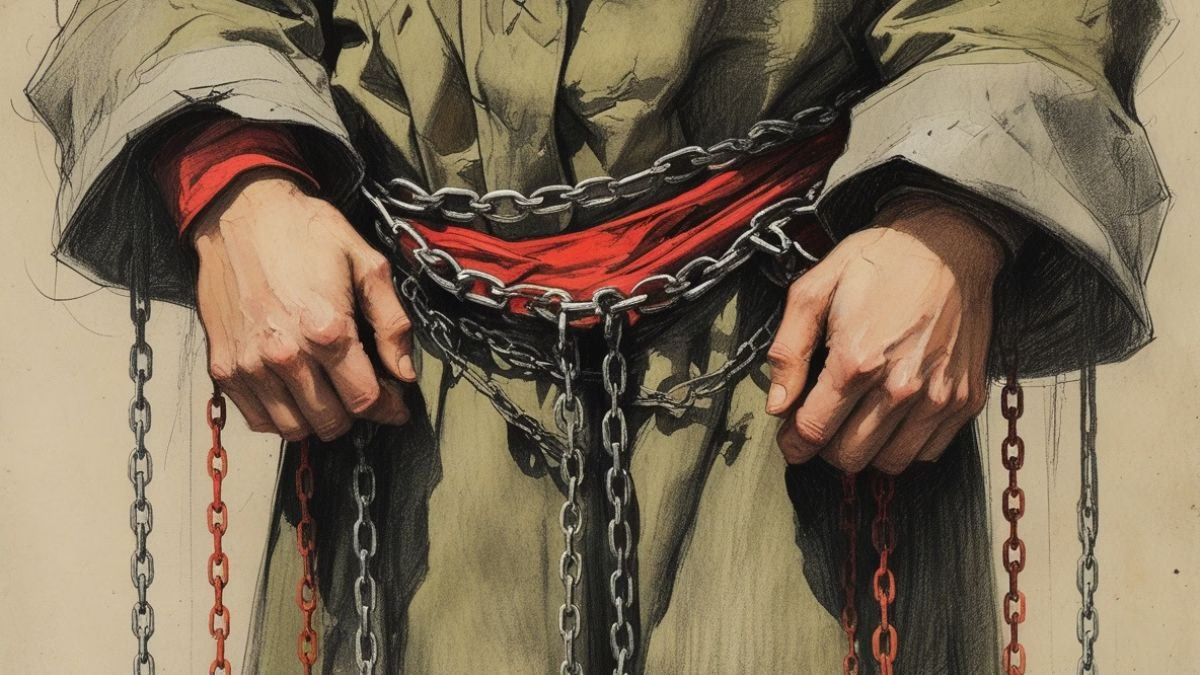


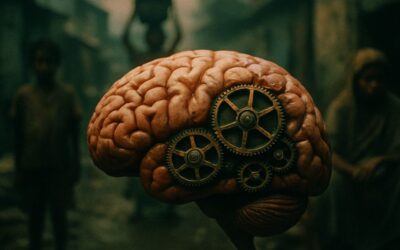


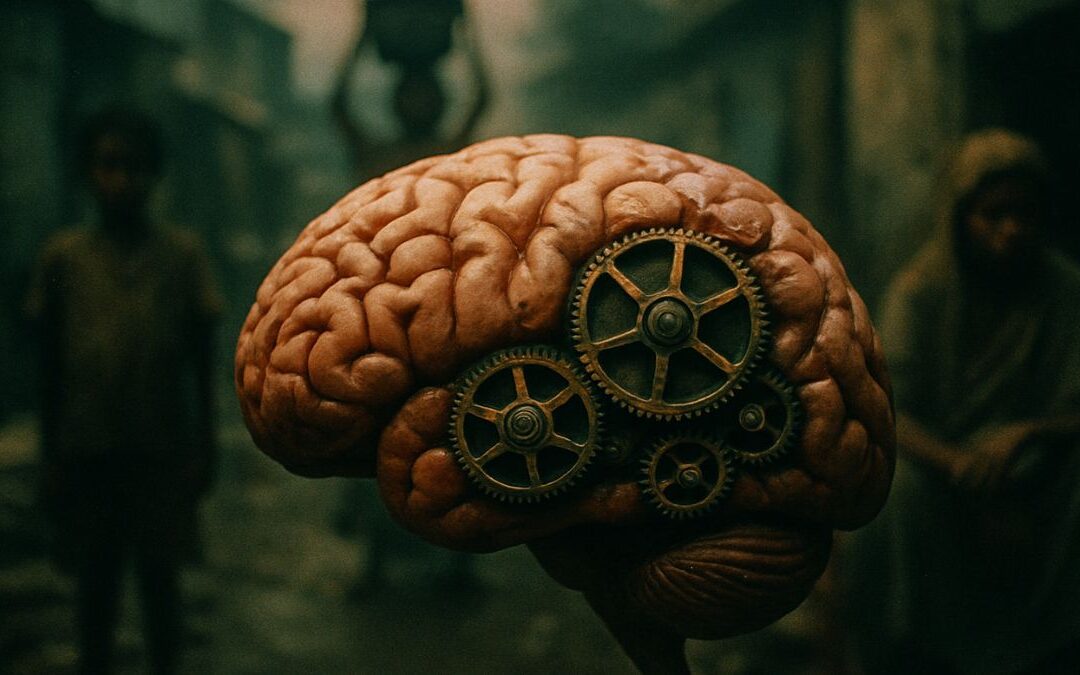
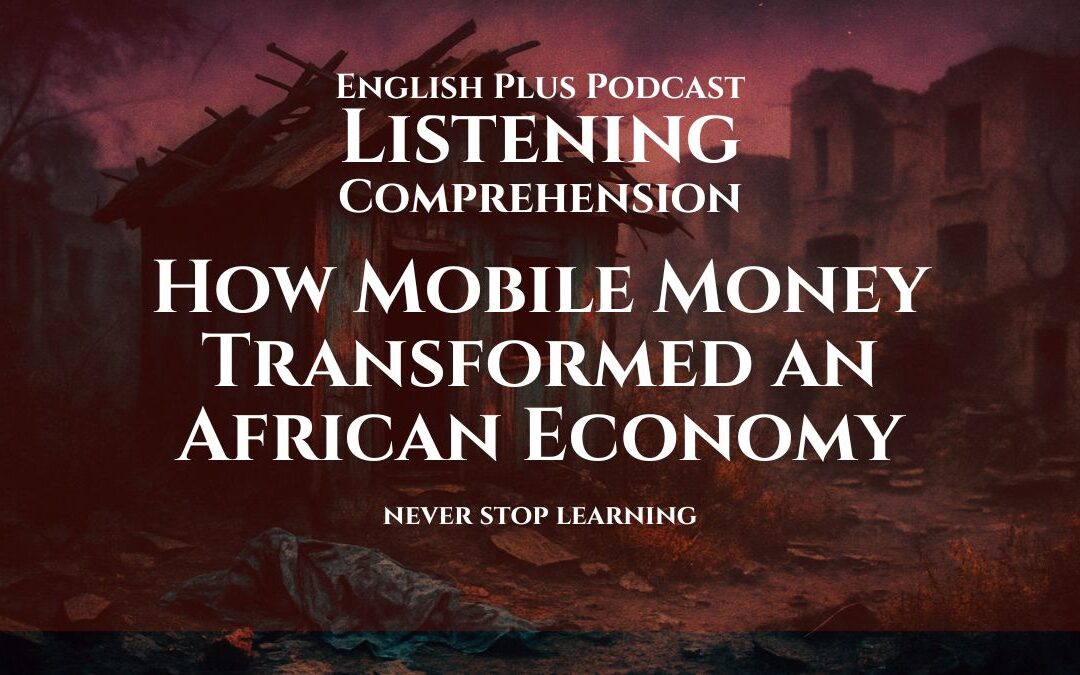

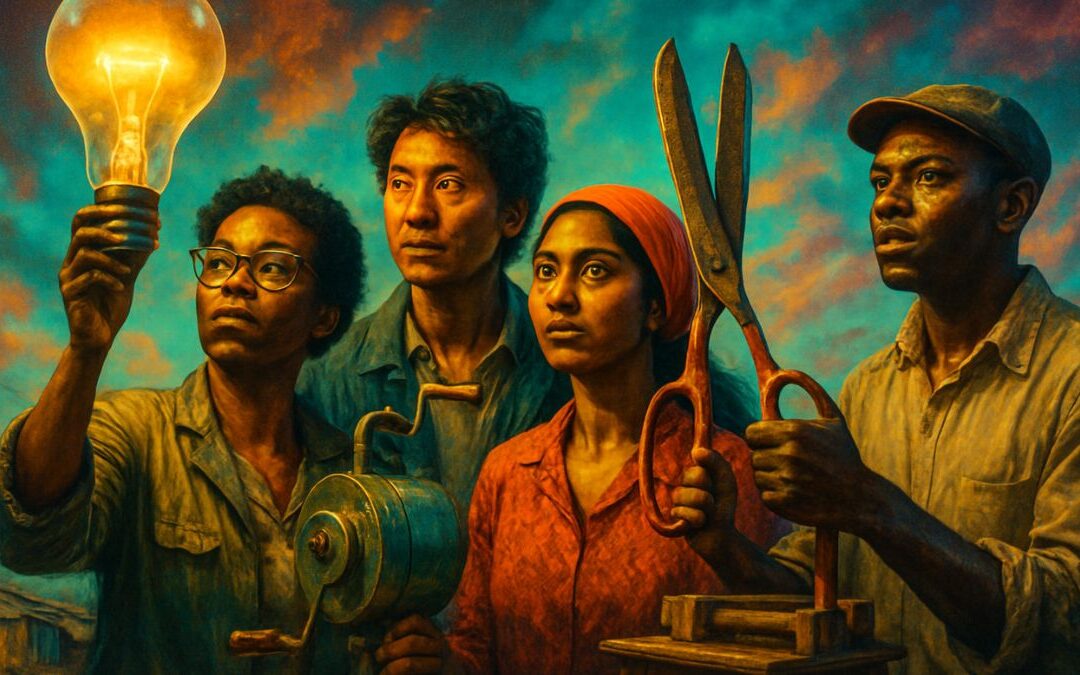
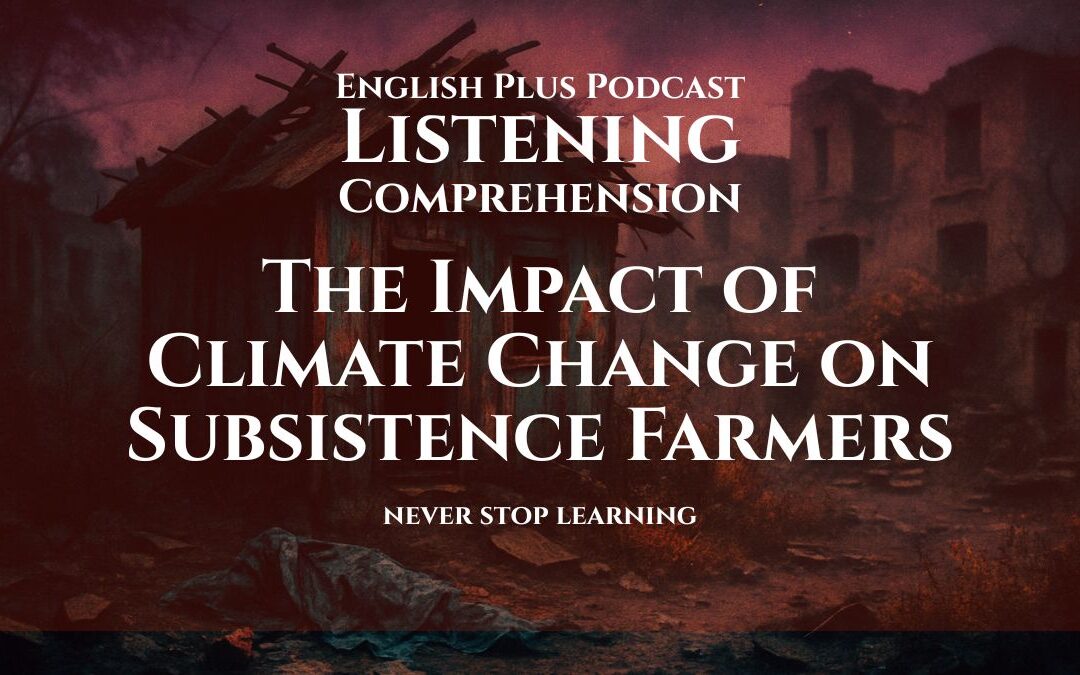

0 Comments